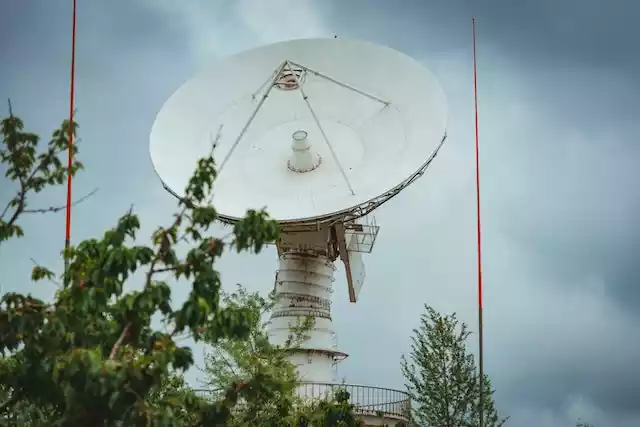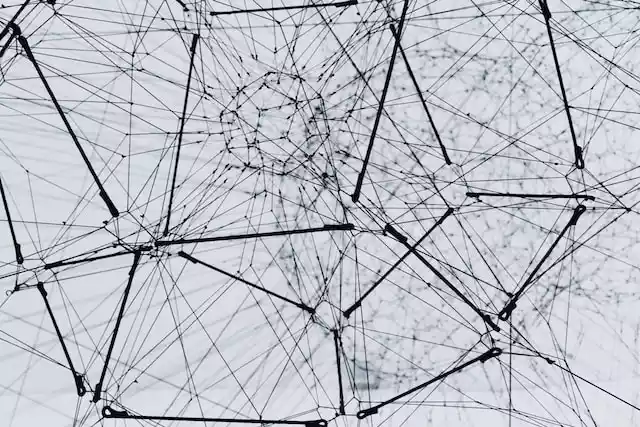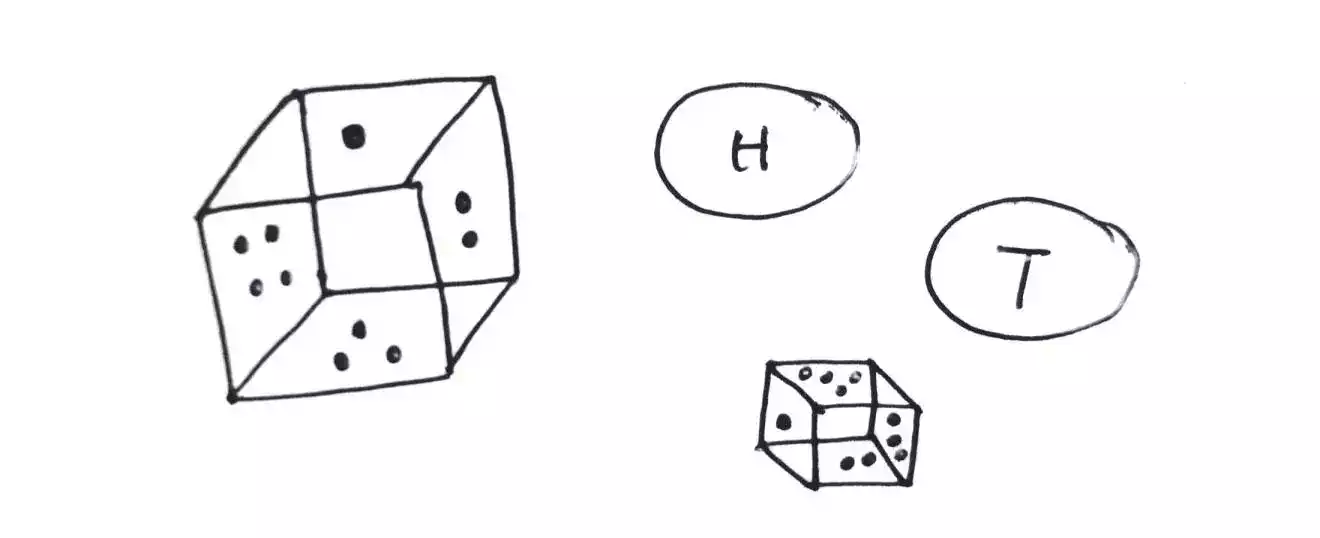Different Types of Noise in Computer Networks?
Noise in computer networks, refers to any unwanted disturbance or interference that affects the quality, integrity, or reliability of the transmitted data or signals.
It can disrupt the smooth flow of information, degrade network performance, introduce errors, and potentially lead to data corruption.
Noise can occur at various stages of data transmission, including during signal generation, propagation, reception, and processing.
It can manifest in different forms, such as electrical, thermal, intermodulation, cross-talk, impulse, shot, transit-time noise, or Gaussian noise.
What Are the Different Types of Noise in Computer Networks?
Here are the different types of noise in computer networks, what causes them and how to minimize their effect on electrical signal or data transmission or reception.
- Electronic noise
- Thermal noise
- Crosstalk noise
- Impulse noise
- Intermodulation noise
- Transit-time noise
- Shot noise
- Gaussian Noise
1/ Electrical noise
Electronic noise is also known as “background noise,”. It is one of the most common type of noise that is caused by the random movements of electrons in electronic components like transistors, diodes, and amplifiers.
It is an unwanted disturbance in an electrical signal that can degrade the quality of the signal, cause distortion in the signal, and also reduce the signal-to-noise ratio (SNR).
It can arise from external sources, such as electromagnetic interference (EMI) generated by nearby electrical devices or radio signals.
It can also originate from internal sources, like network equipment itself, due to factors like poor grounding or improper shielding.
To reduce electronic noise, various techniques can be employed, such as shielding, grounding, filtering, signal amplification, signal modulation, signal averaging, and using high-quality components.
These techniques help to improve the quality of the signal and reduce the effects of noise.
2/ Thermal Noise
Thermal noise is another common type of noise caused by the random movements of electrons in network cables or conductors. This random movement generates a small amount of electrical noise, which can accumulate and distort the signal being transmitted.
In essence, it is a noise that occur due to heat temperature as electrons move along a conductor.
The amount of thermal noise increases with temperature, so it is more prevalent in warmer environments. It can be reduced by using shielded cables, which help to block external sources of interference.
3/ Crosstalk Noise
Crosstalk is a type of noise which is caused by electromagnetic interference (EMI) between adjacent network cables or conductors.
When two or more cables are placed close to each other, the electrical signals in one cable can induce an unwanted signal in the adjacent cable. This unwanted signal can cause distortion and reduce the quality of the original signal.
It can be reduced by using twisted pair cables, which have a special winding pattern that reduces interference, and other shielding techniques.
4/ Impulse Noise
Impulse noise consists of sudden, short-duration bursts of interference. It can be caused by external factors like electrical surges, lightning strikes, or electromagnetic pulses.
These sudden changes can overload the network and cause distortion or even damage to the equipment.
It can be reduced by using surge protectors and other protective measures that can absorb or redirect the excess energy.
5/ Intermodulation Noise
Intermodulation noise is caused when two or more signals with different frequencies mix together and create new frequencies that can interfere with or distort the original signals.
The interaction between multiple signal occurs mostly in a nonlinear devices or mediums.
It can be reduced by using filters and other signal processing techniques that can separate and isolate the different frequencies.
6/ Transit-time Noise
This type of noise is caused due to the time it takes for electrons to travel through electronic components, which can cause delays and distortions in the signal.
It is more common in high-frequency systems and can be reduced by using high-quality components with short transit times.
7/ Shot Noise
Shot noise is caused by the random fluctuations in the current or voltage that occur due to the discrete nature of electrons.
Shot noise is most noticeable in low-level signals.
It arises due to the quantized nature of particles, such as electrons or photons, and leads to statistical variations in the signal.
It is more commonly found in high-speed communication systems and can be reduced by using amplifiers with low noise levels and filtering techniques.
8/ Gaussian Noise
Gaussian noise is a type of noise that is caused by random variations in the signal amplitude that follow a normal distribution.
This type of noise is also known as “white noise” and has a flat spectrum.
It is often used as a model for other types of noise.
It is a common type of noise in wireless networks and can be caused by factors like atmospheric noise or interference from other devices.
Read on: Difference Between Wired and Wireless Networks With Examples
Gaussian noise can be reduced by using error correction techniques that can detect and correct errors in the transmitted data.
Minimizing noise in computer networks is essential to maintain the reliability and performance of the system. This can be achieved by using a combination of hardware and software techniques, such as shielding, filtering, equalization, and error correction.



